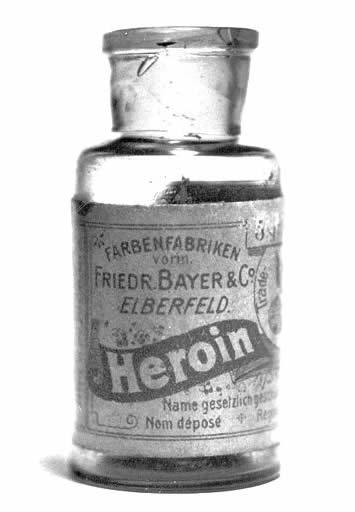
Bayer's Heroin
A bottle of Bayer's heroin.
Between 1890 and 1910 heroin was sold as a non-addictive substitute for morphine.
It was also used to treat children with strong cough.
HUGO VAN DER MOLEN'S
Scripophily site
a collection of
historic bonds and shares
Dr. Hugo H. van der Molen -
Wederikweg 114 - 9753 AE Haren, The Netherlands
Tel: +31 (0)50 534
8795; Fax: +31 (0)50 534 0852; email: [email protected]
The word drug is nowadays used in English both in the sense of a medicine (sold in a pharmacy or drugstore) as in the sense of a narcotic drug that is usually addictive. In The Netherlands the English word "drug" or "drugs" is reseved for the latter interpretation. For medicine we use the word "medicijn". Patients with much pain will be treated with addictive drugs for a short period of time (for example after surgery) or a prolonged time when the painful illness cannot be cured and / or is terminal.
Around 1900 this situation was quite different:
The famous psychiatrist Freud, for example, used narcotic drugs and thought nothing wrong of that.
Bayer Co. sold heroin as a non-addictive substitute for morphine and also for treatment of children with a cough.
Coca wine made people feel happy; Pope Leo XIII used to carry a bottle with him always; one glass to be taken after every meal (children half a glass).
Opium was considered good treatment for asthma;
In order to "smooth the voice" actors, singers, teachers and preachers should take cocaine tablets ("au menthol").
Cocaine drops were advised against tooth ache: it did not only relieve the pain, but also made the children happy.
And the new-borns would sleep so much better with Stickny and Poors drops that contained a bit of opium and 46% alcohol: five day olds 5 drops, 2 weeks old 8 drops, five years old 25 drops and adults 1 teaspoonful: SWEET DREAMS !
Those were the days !
No Wonder Grandma Had A Happy Childhood...............No wonder our great grandparents only lived into their 40's & 50's.
See below the - sometimes colourful and suggestive - advertisements of these pleasant narcotic medicines !
Treatments from our great granny's time ... very effective medication!
 |
Bayer's Heroin It was also used to treat children with strong cough. |
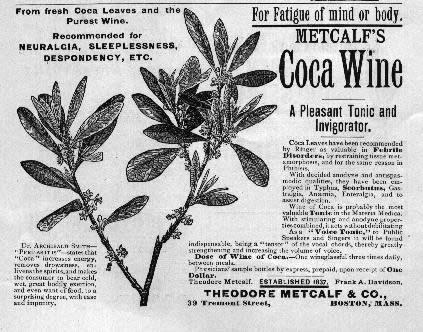 |
Coca Wine Metcalf Coca Wine was one of a huge variety of wines with cocaine on the market. Everybody used to say that it would make you happy and it would also work as a medicinal treatment. |
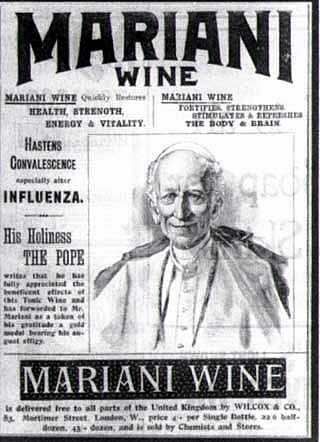 |
Mariani wine Mariani wine (1875) was the most famous Coca wine of it's time. Pope Leo XIII used to carry one bottle with him all the time. He awarded Angelo Mariani (the producer)with a Vatican gold medal. |
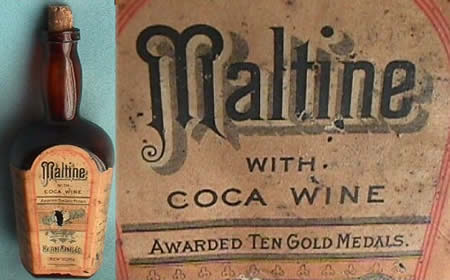 |
Maltine |
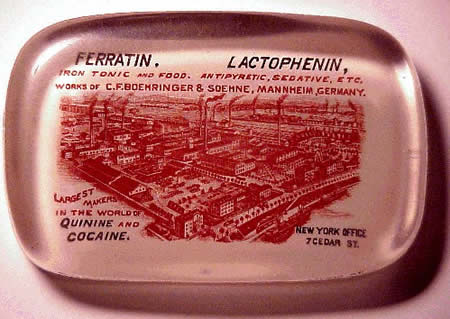 |
A paper weight A paper weight promoting C.F. Boehringer & Soehne (Mannheim, Germany ). They were proud of being the biggest producers in the world of products containing Quinine and Cocaine. |
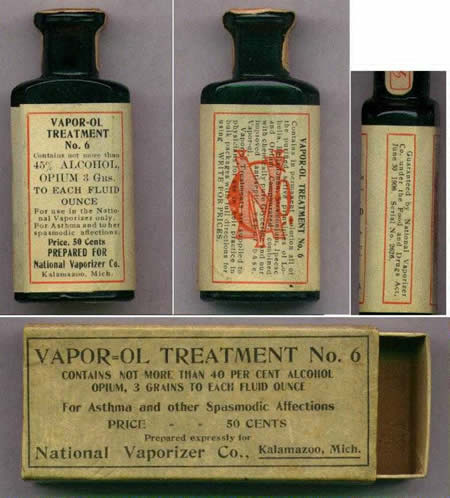 |
Opium for Asthma Made in Kalamazoo. |
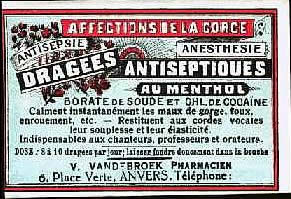 |
Cocaine tablets (1900) All stage actors, singers, teachers and preachers had to have them for a maximum performance. Great to "smooth" the voice. |
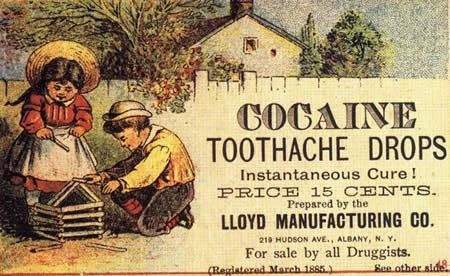 |
Cocaine drops for toothache Very popular for children in 1885. Not only did they relieve the pain, they made the children happy! |
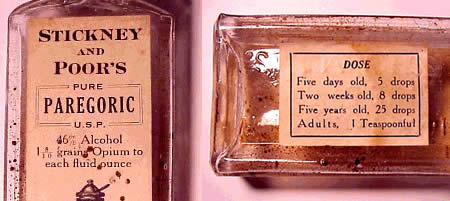 |
Opium for new-borns |
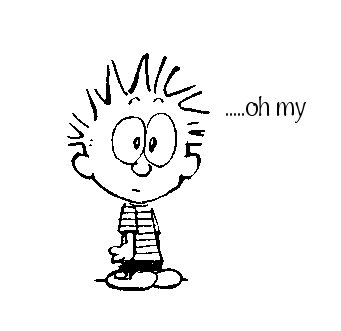
 De handelsreiziger van de Nederlandse cocaine fabriek Conny Braam |
In her book De Handelsreiziger van de Nederlandse Cocaïnefabriek (The Commercial Traveler of the Duch Cocaïne Factory) writer Connie Braam depicts vividly the role that narcotics played in the trenches, battle fiields and hospitals during the first world war. Only when drugged the soldiers would leave their "safe" but miserable trenches to run out and dye in enemy fire. The wounded would be treated with drugs against the pain and shell shock. The Dutch company grew the coca in Dutch East Indies, processed it in The Netherlands and sold it profitably to both fighting parties as The Netherlands remained neutral during WW I. After the war many addicted soldiers coninued their narcotics consumption, and again the Dutch Cocaïne Factory managed to make a nice profit out of their misery. |
You are here: home - scripophily - search by activity - drugs